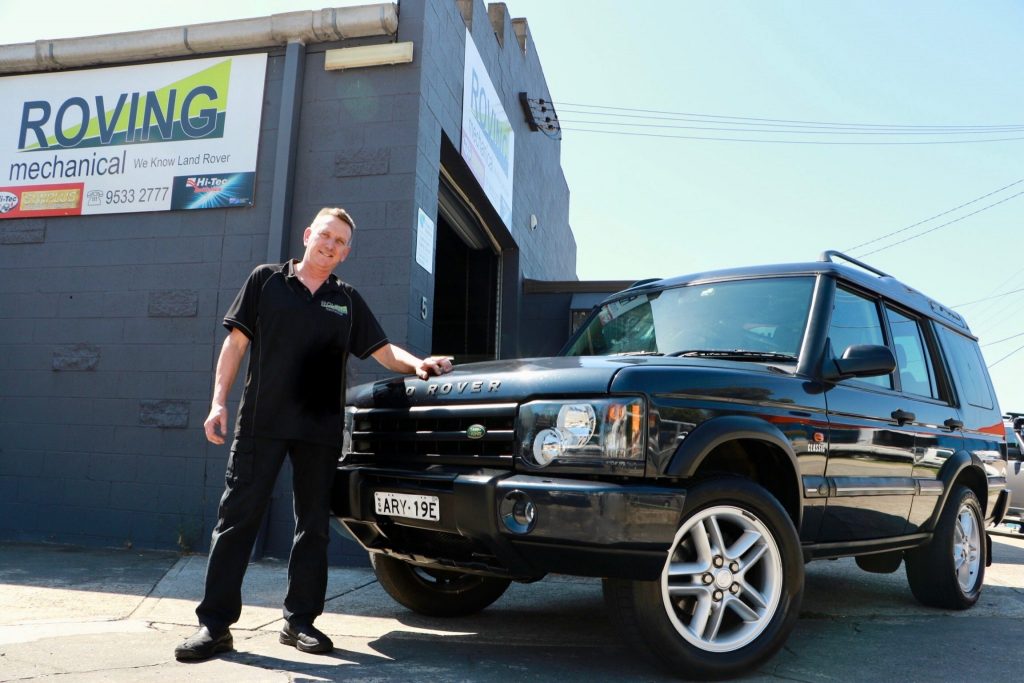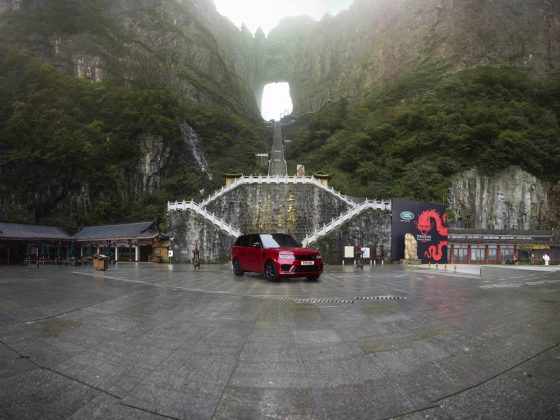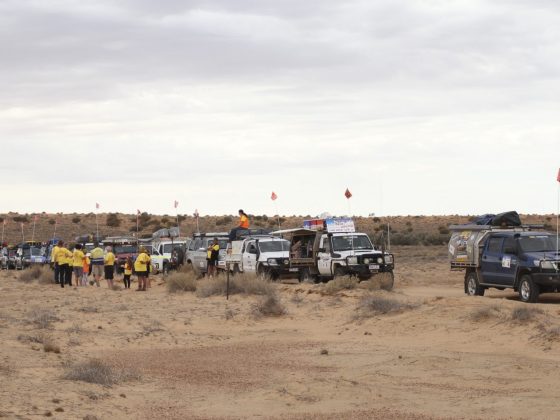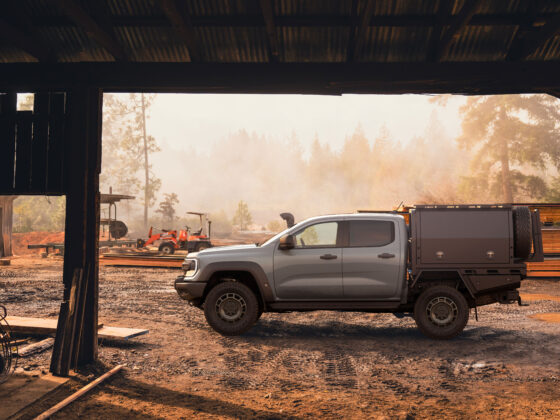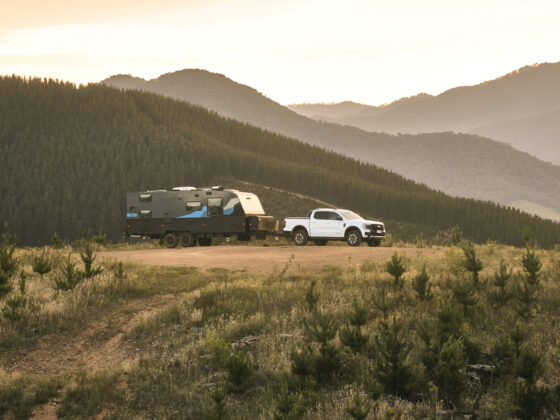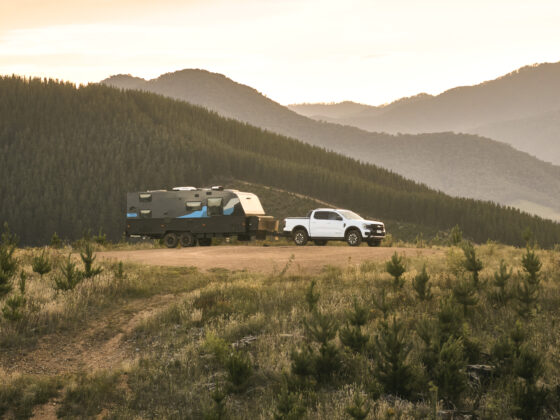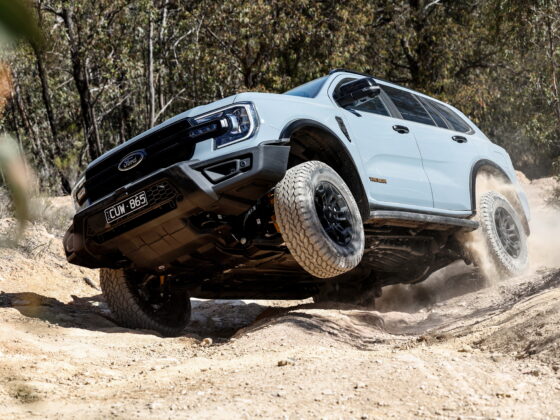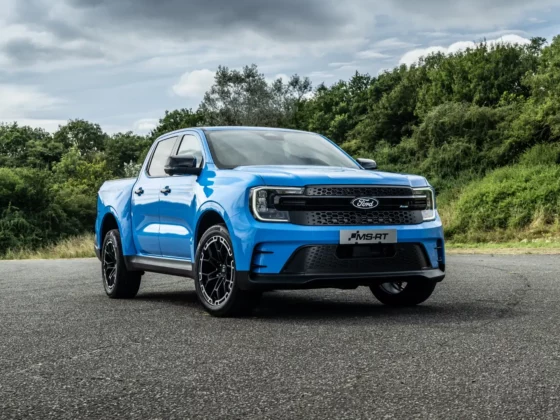A million kilometres. It’s the holy grail of diesel longevity, the ultimate in pub bragging rights. Many talk about it, but few engines properly get there without major work in the meantime. Some might find it surprising, but one of the first that has come across our desk is not a GQ Patrol or 80 Series LandCruiser, but rather the butt of many reliability-centric jokes, Land Rover.
It’s a 2004 Land Rover Discovery II, which uses the 2.5 litre, five-cylinder turbodiesel TD5. It makes 101kW @ 4,200rpm and 300Nm @ 1,950rpm. The Td5 is not common rail, nor is it a straight mechanical setup.It uses ‘unit’ injectors, which integrate an injector pump and high-pressure fuel reservoir into the injector itself, which is controlled by both camshaft and computer. This means it’s a good candidate for chip or remap tuning, but the injectors are also horridly expensive (a quick google found them for $1,600). Thank the heavens they aren’t problematic …
In that million kilometres, which is equivalent to driving to the moon and back 1.3 times, the Disco has been through two gearboxes (automatic) and I’m sure plenty of other little bits and bobs, but the head and block haven’t been touched.
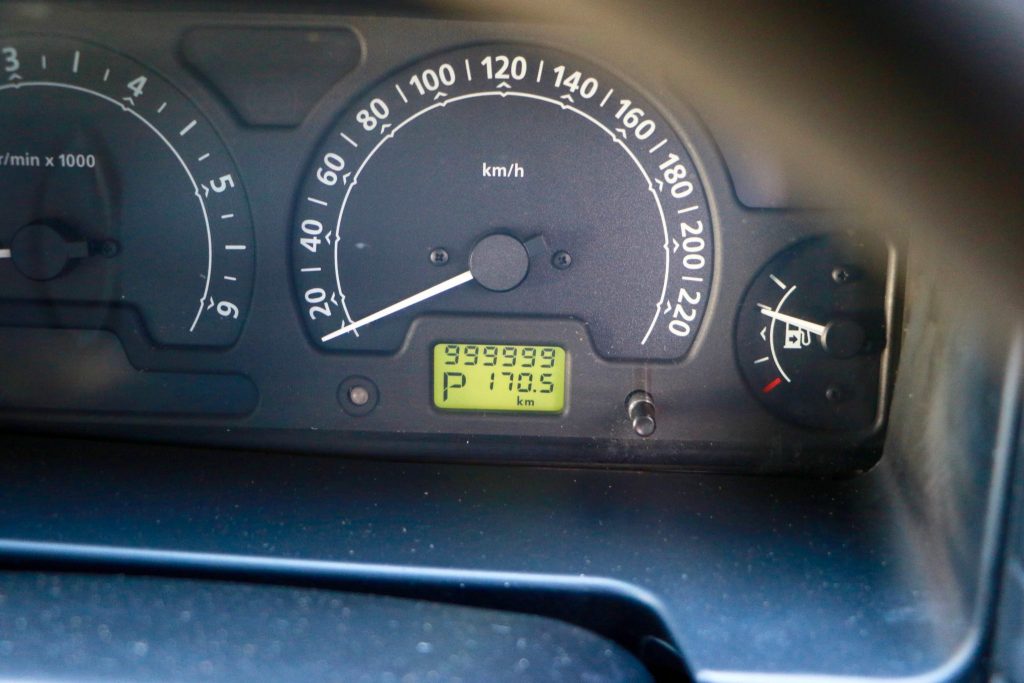
The majority of the kays have been racked up between the Southern Highlands and Sydney, for Harry the owner’s commute, which is around 115km per leg. But that’s not all: an old Qantas pilot who did plenty of domestic legs, he used the Disco to travel down memory lane.
“I used to fly around in the bush, so when I got the Discovery I went back to see all the old places I used to fly. It’s like a comfy slipper or a well-worn boot. It’s been around Australia three of four times too… up to Darwin, around the Kimberley, down through Alice Springs.”
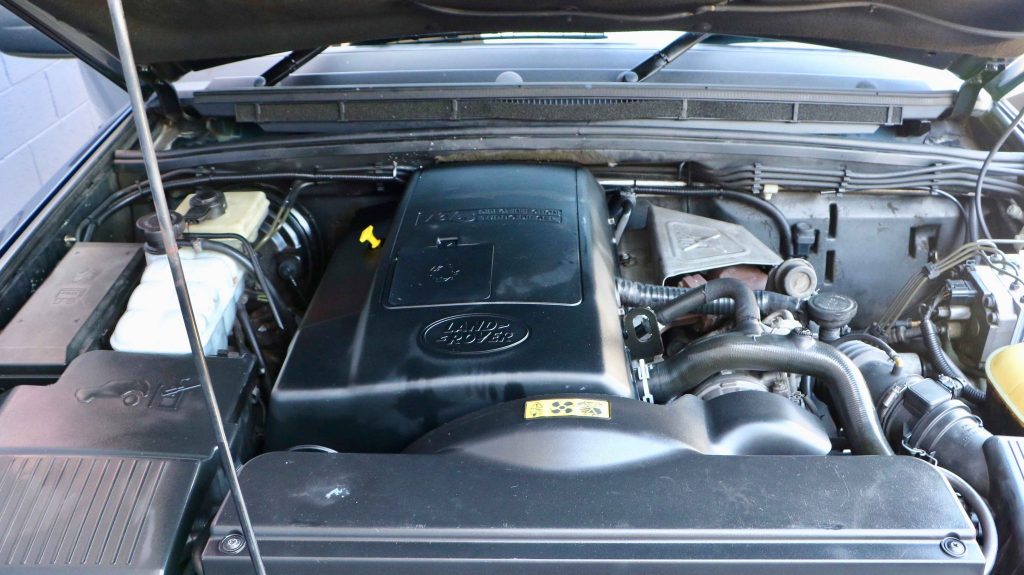
What’s the key? Regular servicing by someone to really knows what they’re working on. And that doesn’t just mean a dealership, either. Look for somewhere with experience and specialisation in your make and model. In this case, it’s a workshop called Roving Mechanical in Peakhurst, Sydney.
And the million-kilometre question: What happens when you get to 999,999 on the odometer? Does it go back around to zero? Nope, it just stops. You’ve only got the trip meter to keep measuring after that point.
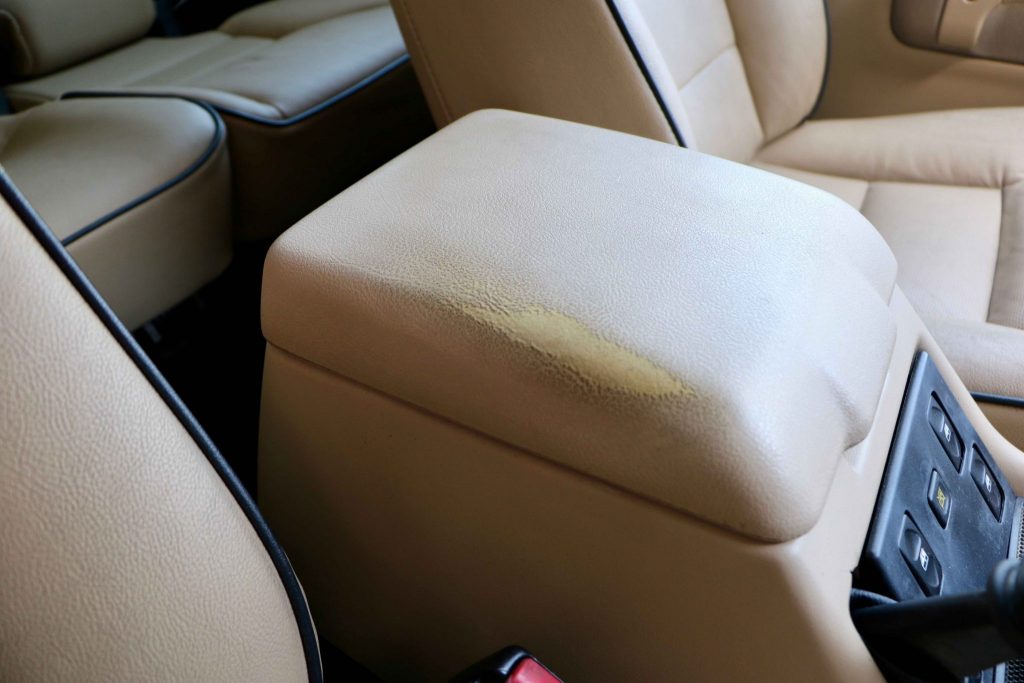
This is particularly interesting for myself, because I’ve got the same motor under the bonnet of my Defender. It’s up to 260,000 kilometres, but has had a pretty hard life as long as I have known it. Fingers crossed, I get a bit closer to that holy grail figure myself.
Do you know of any million-kilometre 4WDs without major mechanical work done? Send us an email!
Get in touch: editorialteam@patcallinanmedia.com.au




